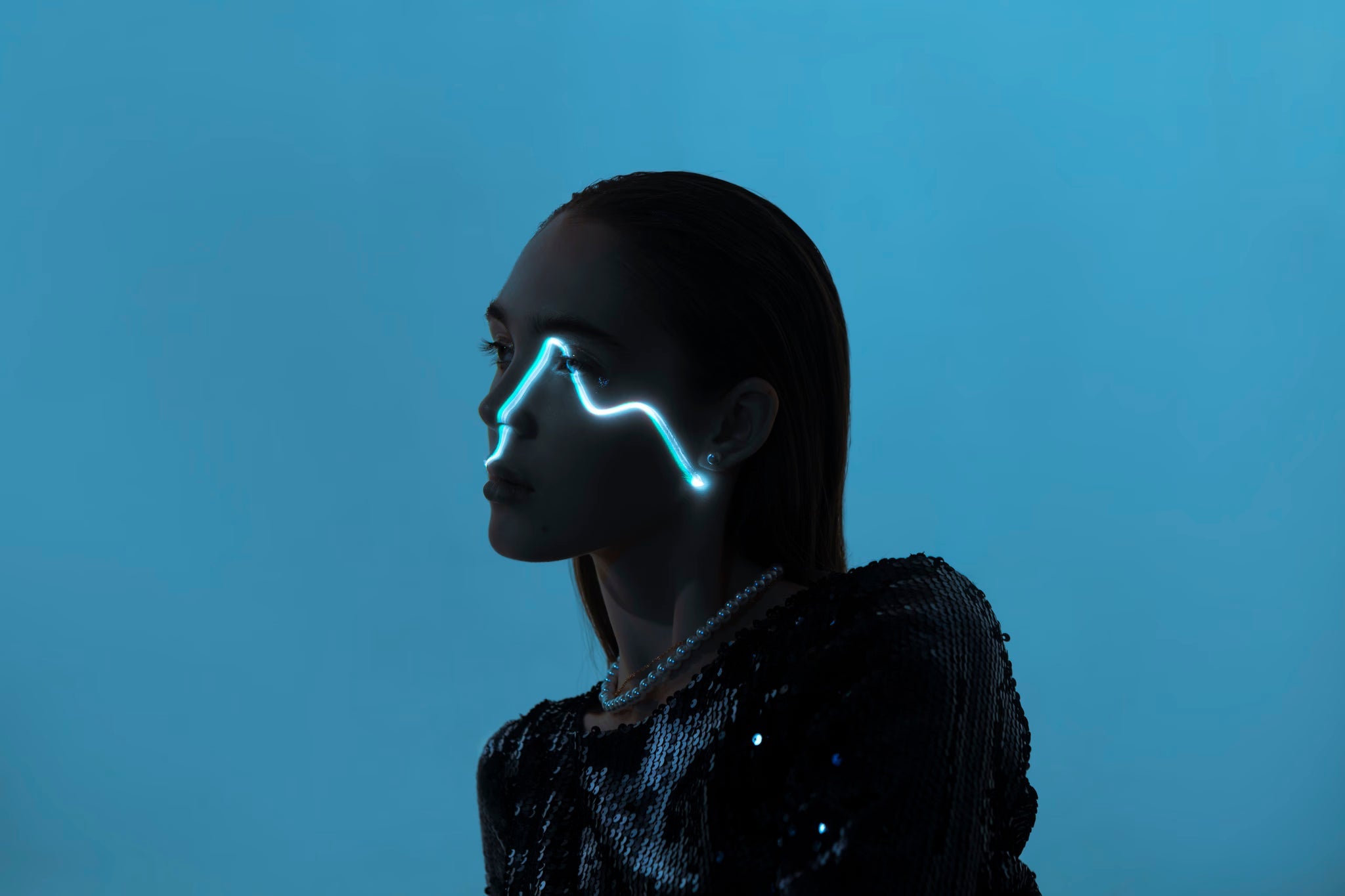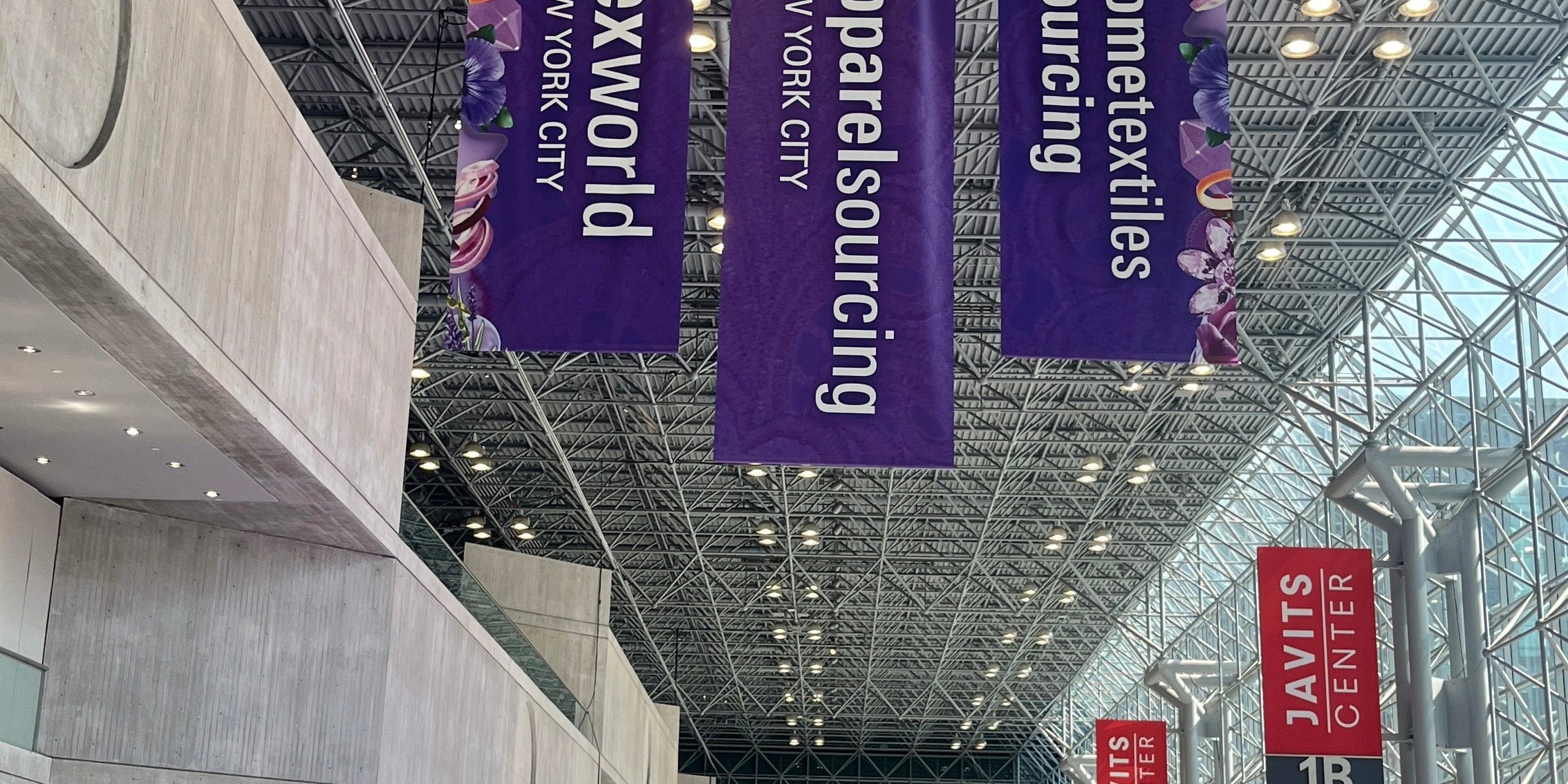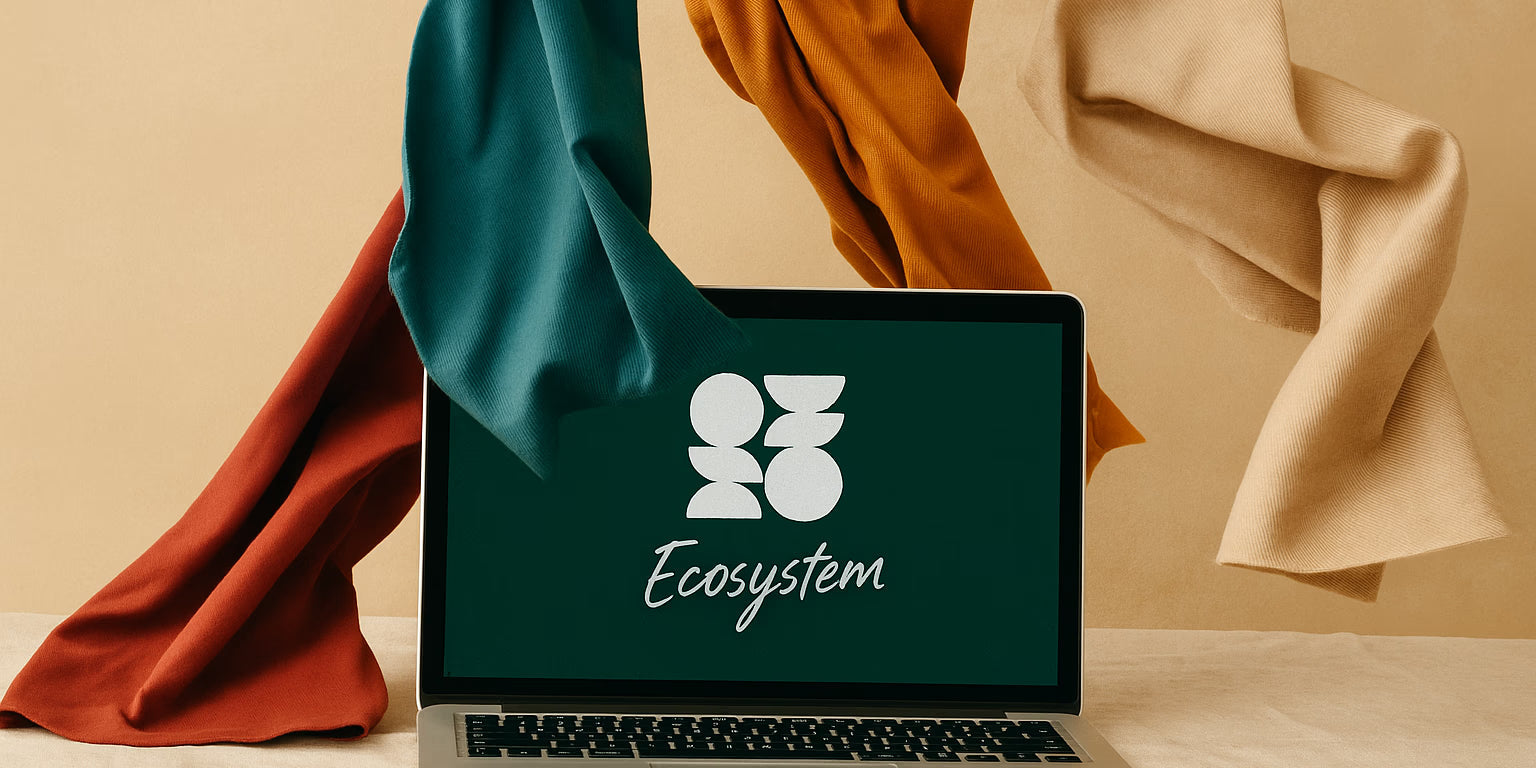In 2025, independent fashion designers are increasingly embracing artificial intelligence to supercharge their creative process.
AI tools can slash design timelines from weeks to days, cut costs on sampling and photoshoots, and even help reduce waste by optimizing patterns and forecasting demand.
Beyond speed and savings, AI expands creative possibilities – generating designs, colorways, and virtual prototypes that would be difficult or time-consuming to produce manually.
In other words, AI is becoming indispensable not by replacing human creativity, but by enhancing it: eliminating tedious, time-consuming tasks and providing data-driven insights so that independents can focus on innovation.
The result is a more agile, sustainable, and customer-responsive design workflow – essential advantages for small brands competing in a fast-moving market.
Below we highlight some of the top AI-driven fashion design tools available as of mid-2025. These platforms (largely accessible in the US and EU) cover everything from concept sketching and patternmaking to trend forecasting, virtual fitting, and fabric simulation.
Each tool offers unique ways to boost creativity and efficiency for indie designers – often at affordable prices or with free trials – making advanced capabilities available to even the smallest labels. Let’s dive in:
1. The New Black – AI Design Ideation & Prototyping:
The New Black is an AI-powered design platform that turns your ideas into high-quality fashion visuals within minutes.
Designers can input a text description, reference image, or even a rough sketch, and The New Black will generate a polished clothing design image that matches the prompt.
This makes it a rapid idea engine for early-stage concept development or lookbook creation, helping independents visualize collections without hiring illustrators.
Notably, it features built-in trend analysis and even virtual try-on previews, so you can see garments on digital models as you ideate. For a solo designer, this means quickly iterating on styles and getting client or team feedback faster.
The platform also offers as a SaaS tool (plans start around $8/month for basic use), which puts powerful generative design tech within reach of small budgets.
In short, The New Black accelerates brainstorming and prototyping, allowing indie creatives to produce pitch-ready fashion visuals and mood boards in a fraction of the time.

Image sourced from: https://thenewblack.ai/
2. Ablo – AI-Driven Label Creation & Collaboration:
Ablo Ai is like having a digital co-founder for your fashion brand. It uses AI to help designers create and launch their own labels with ease, from initial design concepts all the way to merchandising visuals.
You can feed Ablo your mood boards, sketches, or style inspirations, and it will generate apparel designs complete with suggested graphics, prints, and even typography or logo ideas to fit your brand aesthetic.
Ablo’s platform also supports team collaboration – meaning you can co-create with partners or get feedback in-app – and it integrates tools for preparing look-books and product mockups.
This end-to-end approach is invaluable to aspiring entrepreneurs building a label from scratch. With a free tier and affordable subscriptions (around $8/month for basic, up to ~$40 for premium with higher usage), Ablo provides a cost-effective way to develop a brand identity and collection.

Image sourced from https://ablo.ai/
3. Designovel & Heuritech – AI Trend Forecasting & Planning
Designovel is an AI-driven trend forecasting tool that acts like a crystal ball for fashion teams. It sifts through mountains of global data – from social media and street style images to e-commerce analytics and runway reports – to predict emerging trends in colors, silhouettes, prints, and consumer preferences.
For an independent brand, using a tool like Designovel means getting early insight into “what’s next” so you can design collections that hit the market at the right time.
The platform might highlight, for example, a rising interest in 90s-inspired streetwear or a color that’s trending in a certain region, backed by data. It can even suggest new design directions or prompts aligned with the forecasted trends.
This kind of AI insight helps SME designers make more informed decisions on which styles to develop, potentially reducing the risk of investing in the wrong inventory.

Image sourced from: https://www.designovel.com/index_en.html#DN-AI
Similarly, Paris-based Heuritech is another leading platform that analyzes social and consumer data to spot trend signals, helping brands plan with real-time market visibility.
These advanced tools have primarily been used by larger companies to fine-tune their product strategy, but increasingly are accessible to smaller labels via subscriptions or reports. (Designovel, for instance, offers a SaaS dashboard for trend insights, though its full suite is enterprise-oriented.)
Even if the full platforms are on the pricier side, independent designers can benefit by tapping into their analyses – some release free trend reports or affordable insight packages.
By aligning design concepts with data-backed trends, indie brands can better anticipate demand and avoid overproduction, which means less waste and more confident collection planning.

Image sourced from: https://heuritech.com/
4. ZMO.ai – AI Fashion Photography & Virtual Models
ZMO.ai is a tool that generates on-model fashion images from your product shots, essentially creating a virtual photoshoot without the expense of hiring models and photographers. Designers or small brands can upload a flat lay or dress form photo of their garment, and ZMO’s AI will automatically apply that clothing onto a lifelike model in various poses and settings.
It offers a library of model types (different body shapes, ethnicities, and ages) and background scenes, so you can produce a diverse range of marketing images tailored to your brand’s audience
For an independent designer, ZMO.ai can be a game-changer for content creation: you could generate an entire lookbook or e-commerce catalog’s worth of images from just a handful of product photos, saving thousands on traditional photoshoots.
Because it’s AI-driven, you can also experiment easily – want to see your new jacket on a streetwear-style model in an urban setting versus a studio shot? Just a few clicks and you have both options.
The tool outputs high-resolution images suitable for online stores, social media, or line sheets. ZMO’s service is typically subscription-based (with plans for different volume needs), and it’s designed to be user-friendly for non-technical users.
By leveraging AI “fashion photography” tools, SME brands can keep their marketing fresh and on-budget – and even increase inclusivity by showing designs on varied model body types that reflect their customer base. It’s never been easier for a small label to produce big-brand-quality visuals on its own.

Image sourced from: https://www.zmo.ai/imgcreator/tools-ai-model
5. Revery AI – Virtual Try-On & Fit Technology
Revery.ai brings the virtual fitting room to independent brands. This platform uses advanced image processing and machine learning to let customers visualize how an outfit will look on a person of a similar body shape – or even on themselves – without trying it on physically.
For designers and online boutiques, integrating Revery means shoppers can select a model avatar that matches their proportions (or upload their own photo) and then see your designs come to life on-screen in a realistic way. The AI renders garments with impressive realism across different body types and poses.
The main benefit here is confidence in fit: consumers get a much clearer idea of silhouette and fit, which massively boosts their trust in buying from an indie brand online.
This can lead to higher conversion rates and fewer returns – a big win when returns can eat into a small brand’s margins. Revery also enables designers to demonstrate size inclusivity easily by showing each style on multiple body shapes without multiple photoshoots.
While Revery’s focus is more on the customer experience than the design process, it complements the design cycle by ensuring that all the creative decisions (cut, drape, styling) are effectively communicated to the shopper.
Notably, Revery offers a free starter plan (e.g. for up to 100 try-ons and a limited number of garments) which makes it accessible for small businesses to pilot
By adopting virtual try-on tech like Revery, independent designers can provide a high-tech fitting experience akin to major retail platforms – helping them compete on customer service and reducing the trial-and-error that often comes with buying boutique fashion online.

Image sourced from https://www.revery.ai/
6. Refabric – AI Patternmaking & End-to-End Development
Refabric is a cutting-edge AI fashion design assistant that helps designers go from concept to production more efficiently, with a special focus on patternmaking.
It offers tools to generate and refine designs with AI, but what sets Refabric apart is its ability to create accurate garment patterns and even optimize them for sustainability.
The platform can automatically draft pattern pieces for your designs and lay them out to minimize fabric waste – embracing a “zero-waste” patternmaking approach that’s very hard to achieve manually.
For an independent label, this means you can get production-ready patterns and sample layouts without hiring a full-time pattern maker, and you’ll save on materials by using the most efficient layouts. Refabric also integrates 3D visualization and trend analysis in the same space.
In practice, you might input a sketch or description into Refabric; the AI helps generate a design, suggests on-trend elements (for example, pointing out if cargo pockets or a certain silhouette are trending), and simultaneously produces digital patterns and 3D mockups of the garment.
This all-in-one workflow can drastically reduce development time, allowing indie designers to react to trends or custom orders quickly.
Moreover, by optimizing patterns and offering made-to-measure pattern customization, Refabric supports sustainable practices – only the necessary fabric is used and designs can be tailored to fit, reducing excess inventory.
The platform is relatively new and considered an emerging tool in 2025, but it’s already proving powerful for forward-thinking studios.
While pricing depends on the scope of use (they have free trials and custom plans), the value is in how it bridges creative design and technical execution.

7. Off/Script – AI Design Launchpad & Market Testing
Off/Script is an innovative platform that blends AI design with a crowdfunding-style launch model. It’s particularly valuable for independent designers who have great ideas but limited resources to produce inventory.
The way Off/Script works: you use its mobile app to create a product concept with the help of AI (for instance, generating apparel mockups or graphics based on your idea.
You then post the design to the Off/Script community. If at least 100 users “vote” for or preorder your item, Off/Script steps in to handle production, fulfillment, and shipping for that product.
Essentially, it takes on the backend operations once your design has proven demand. This model lets indie creators test which designs resonate with real consumers before investing in manufacturing – eliminating the guesswork and upfront cost.
Designers keep their intellectual property and earn revenue from each sale, with Off/Script taking a cut (around 30%) in exchange for handling the heavy lifting of production and logistics.
The platform is free for creators to use; you only pay by sharing revenue if the product successfully launches.
Off/Script’s AI tools assist in polishing your concept (from mockups to marketing assets), so even if you’re not adept at certain design aspects, you can present a professional-looking campaign to the community.
By combining AI-generated design content with a built-in market test, Off/Script lowers the barrier for independent designers to bring new fashions to market. It encourages creative risk-taking – you can float bold, experimental ideas and see if there’s love for them, with zero financial risk.
For small brands, this approach aligns production with actual customer interest, which is both economically and environmentally smart (no more piles of unsold stock).
It’s a prime example of how AI and platform economics together are empowering indie fashion creators in 2025.

8. CLO 3D – Virtual Prototyping & Material Simulation
CLO 3D is the industry-leading 3D fashion design software, and it has embraced AI-assisted features to make digital garment creation more powerful than ever.
With CLO, independent designers can create true-to-life 3D models of their garments, then simulate how the clothes will drape, fit, and move on a human form – all before cutting a single piece of fabric.
The platform’s physics engine accurately renders material properties (from silk flow to denim stiffness), so you can test different fabrics or adjust fit in real time, essentially a virtual fitting room for designers.
Impressively, CLO can auto-generate the corresponding 2D sewing patterns from your 3D designs and even optimize the pattern layout for efficient fabric use.
This bridges sketching and patternmaking: you might design a jacket in 3D, then instantly get the flat pattern pieces and an optimized marker, reducing waste in production.
By catching design issues or fit problems digitally, independents avoid costly physical samples and multiple prototyping rounds.
CLO 3D has also added an AI assistant to help users learn tools or troubleshoot, making this advanced software more accessible to newcomers.
A standard license runs about $50 per month, with free trials and educational discounts available. The investment often pays off by saving time and material.
CLO integrates well with common workflows too – you can export tech packs, share 3D models with manufacturers, and even generate turntable videos or animations to showcase your designs.
In short, CLO 3D brings high-end virtual prototyping and fabric simulation into the independent designer’s studio, enabling faster, smarter product development.
Building the Bridge from Design to Sourcing: What’s Coming from World Collective
For independent designers, AI tools unlock extraordinary potential during the creative process – but design is only one part of bringing a product to life. That’s where solutions like World Collective steps in.
As part of our upcoming platform launch, World Collective is expanding into a fully integrated digital sourcing ecosystem – combining responsible materials, verified suppliers, and next-generation tech solutions that make it easier for small brands to go from concept to production, sustainably and efficiently.
Among the new features:
-
3D Sampling & Fabric Digitalization: We're introducing 3D-ready fabric files, created through a partnership with a leading digitalization provider. These files are compatible with CLO and other design tools, allowing brands to preview drape, texture, and color with high accuracy – and make confident decisions without physical swatches. For designers already working in 3D, this means faster, more efficient material sourcing directly within your digital workflow.
-
Digital Product Passport Pilot with Kinset: In collaboration with Kinset, we’re piloting a traceability program that brings Digital Product Passports (DPPs) to life across our supplier network. This initiative supports brands looking to comply with evolving ESG regulations while offering transparency into fiber origins, environmental impact, and certifications. We’re offering the first three DPPs free to participating suppliers – and inviting brand partners to join in shaping the pilot with us.
Together, these tools are part of our commitment to help independent brands not only design with purpose, but also source, communicate, and scale with confidence. Whether you're prototyping your first collection or preparing to launch, World Collective is building the connective tissue between creative vision and operational execution, with technology doing the heavy lifting.
Follow us on Instagram and LinkedIn for updates as we roll out these features and to explore how our Ecosystem can support your next collection.


